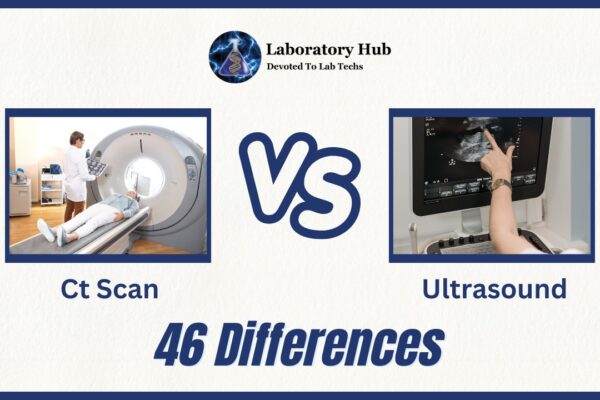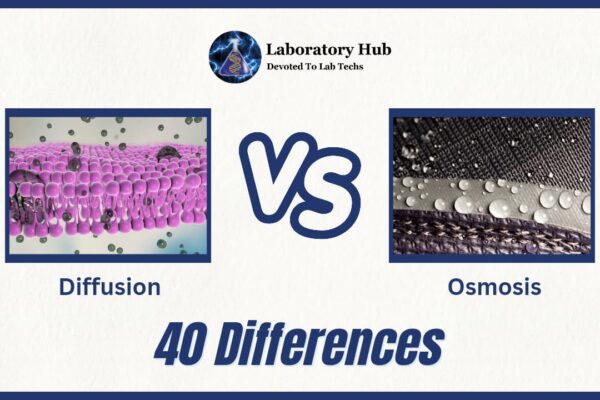28 Crucial Differences between Iron Deficiency and Anemia
Iron deficiency and Anemia impact people globally. Both illnesses have iron deficiency, but their origins, symptoms, and health effects differ. Diagnosing and treating iron deficiency and Anemia requires understanding the distinctions.
Iron deficiency is low iron levels. Haemoglobin, a protein in red blood cells that transports oxygen from the lungs to tissues and organs, requires iron. Iron deficiency occurs when the body cannot make enough healthy red blood cells. Iron deficiency anaemia is a kind of anaemia. Red blood cell or haemoglobin deficiency is anaemia. Vitamin shortages, chronic illnesses, genetic problems, and some drugs can cause anaemia, although iron deficiency is the most frequent.
Iron Deficiency and Anemia
Iron deficiency and anaemia share symptoms, making diagnosis difficult. Both disorders cause weariness, weakness, pale complexion, shortness of breath, disorientation, and trouble focusing. Anaemia produced by sources other than iron shortage may include jaundice, fast pulse, or neurological problems.
Iron deficiency and anaemia have different causes and treatments. Iron deficiency can result from poor iron absorption, low iron consumption, or increased iron needs during development or pregnancy. However, vitamin B12 and folate shortages, bone marrow problems, and chronic conditions like renal disease or cancer can induce anaemia.
Healthcare providers may assess serum ferritin, iron levels, and other indications of iron status to identify iron deficiency. Vitamin and bone marrow testing may be needed to diagnose anaemia. Iron deficiency and anaemia have different treatments also. Dietary iron or iron supplements can commonly treat iron insufficiency. Vitamin supplements, therapy, or chronic illness management are needed to treat non-iron deficient anaemia.
In conclusion, iron deficiency and anaemia are different illnesses with similar symptoms. Accurate diagnosis and therapy need understanding the distinctions. Healthcare practitioners can improve iron deficiency and anaemia patients’ health by diagnosing the reason and customising therapy.
Also Read: Humoral vs Cell-mediated Immunity- 27 Differences
S.no. | Aspect | Iron Deficiency | Anemia |
1 | Definition | Insufficient iron levels in the body | A condition characterized by low red blood cell count or hemoglobin levels |
2 | Cause | Inadequate iron intake, absorption, or utilization | Can have various causes including iron deficiency, vitamin deficiency, chronic diseases, etc. |
3 | Symptom Severity | Can range from mild to severe | Can range from mild to severe |
4 | Underlying Condition | May be an early stage or cause of anemia | Iron deficiency can be a cause of anemia |
5 | Diagnostic Criteria | Based on serum ferritin levels, iron studies, and clinical evaluation | Based on complete blood count (CBC) and hemoglobin levels |
6 | Iron Levels | Low iron levels in the body | Iron levels may be low or normal depending on the type of anemia |
7 | Hemoglobin Levels | Hemoglobin levels may be normal or decreased | Hemoglobin levels are decreased |
8 | Red Blood Cell Count | Red blood cell count may be normal or decreased | Red blood cell count may be decreased |
9 | Microcytic vs. Normocytic vs. Macrocytic | Often associated with microcytic anemia (small red blood cells) | Can be microcytic, normocytic, or macrocytic |
10 | Causes of Microcytic Anemia | Most commonly caused by iron deficiency | Can have various causes including iron deficiency, thalassemia, etc. |
11 | Causes of Normocytic or Macrocytic Anemia | Can be caused by other factors such as chronic diseases, vitamin deficiencies, etc. | Can be caused by various factors including vitamin deficiencies, chronic diseases, etc. |
12 | Impact on Oxygen Transport | Impairs the ability of blood to transport oxygen | Impairs the ability of blood to transport oxygen |
13 | Fatigue and Weakness | Common symptoms due to inadequate oxygen delivery | Common symptoms due to inadequate oxygen delivery |
14 | Pale Skin and Mucous Membranes | Can be observed in severe cases | Can be observed in severe cases |
15 | Rapid Heartbeat | Can occur due to compensatory mechanisms | Can occur due to compensatory mechanisms |
16 | Shortness of Breath | Can occur due to reduced oxygen-carrying capacity | Can occur due to reduced oxygen-carrying capacity |
17 | Causes of Iron Deficiency | Inadequate dietary intake, poor absorption, blood loss, increased demand, etc. | Can have various causes including iron deficiency, chronic diseases, etc. |
18 | Treatment Approach | Iron supplementation, dietary changes, addressing underlying causes | Treatment depends on the underlying cause of anemia |
19 | Blood Transfusion | Typically not required unless severe complications | May be required in severe cases or as a treatment for anemia |
20 | RBC Morphology | May show signs of hypochromia and microcytosis | Morphology may vary depending on the type of anemia |
21 | Dietary Recommendations | Increase intake of iron-rich foods | Dietary recommendations may vary based on the type of anemia |
22 | Risk Factors | Inadequate iron intake, pregnancy, blood loss, gastrointestinal disorders, etc. | Can have various risk factors depending on the type of anemia |
23 | Specific Types of Anemia | Iron-deficiency anemia, anemia of chronic disease, etc. | Different types including iron-deficiency anemia, megaloblastic anemia, etc. |
24 | Impact on Cognitive Functioning | Can affect cognitive function in severe cases | Can affect cognitive function in severe cases |
25 | Bone Marrow Examination | May not show significant abnormalities | Bone marrow examination may reveal abnormalities |
26 | Association with Other Health Conditions | Can increase the risk of complications during pregnancy, impaired immune function, etc. | Can be associated with various health conditions or diseases |
27 | Treatment Response | Iron supplementation can improve iron levels and symptoms | Treatment response varies based on the underlying cause of anemia |
28 | Long-term Effects | Can lead to complications if left untreated or unresolved | Long-term effects vary depending on the type and cause of anemia |
Also Read: B Cells vs T Cells- Definition and 25 Key Differences
Frequently Asked Questions (FAQs)
Iron deficiency is a lack of iron in the body, whereas anaemia is a reduction in red blood cells or haemoglobin.
Iron deficiency and anaemia share fatigue, weakness, pale complexion, shortness of breath, dizziness, and difficulties focusing.
Blood testing usually detect both disorders. Anaemia may require further testing, but iron deficiency may be diagnosed by assessing iron levels and serum ferritin.
Anaemia is most often caused by iron deficiency. Other causes of anaemia include vitamin shortages, chronic illnesses, and genetic problems.
Iron insufficiency can result from insufficient iron consumption, poor absorption, increased iron needs during growth or pregnancy, or blood loss from menstruation or gastrointestinal bleeding.
Iron deficiency is treated by eating iron-rich foods or taking prescription iron supplements.
Anemia’s causes vary. It can be caused by vitamin B12, folate, chronic conditions including renal disease or cancer, bone marrow problems, or drugs.
Anaemia therapy may include vitamin supplements, medicine, or chronic illness management. Treating anaemia symptoms may not be enough.
Anaemia and iron deficiency can affect anybody, however some groups are more at risk. Pregnant women, babies, children, and elderly individuals may have increased iron deficiency or anaemia risk factors.
A balanced diet with iron-rich foods helps avoid iron insufficiency. However, non-iron deficiency anaemia may require more than diet adjustments.







